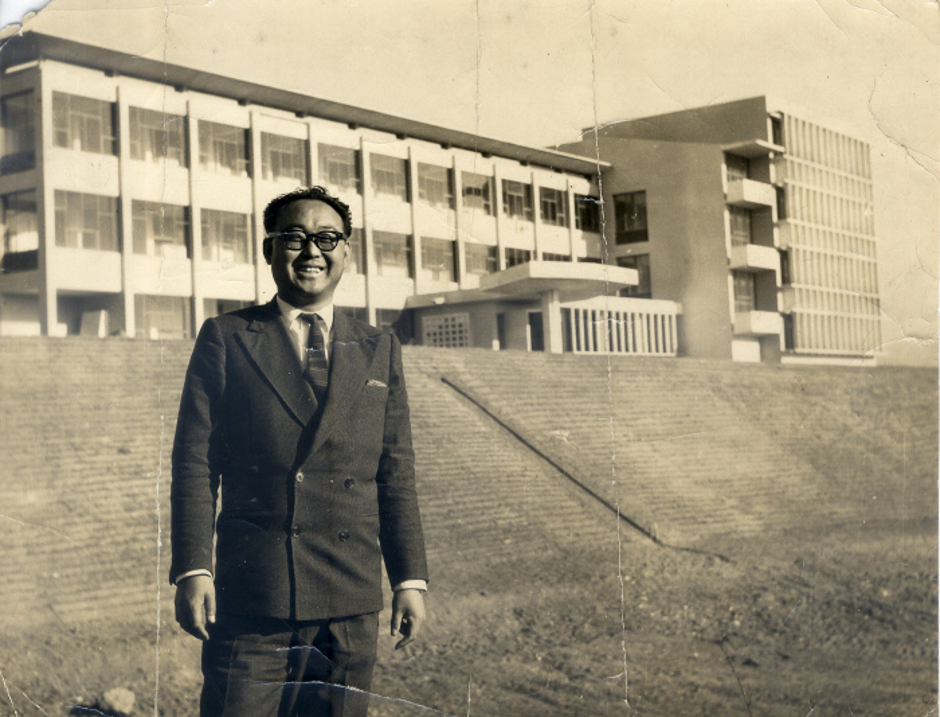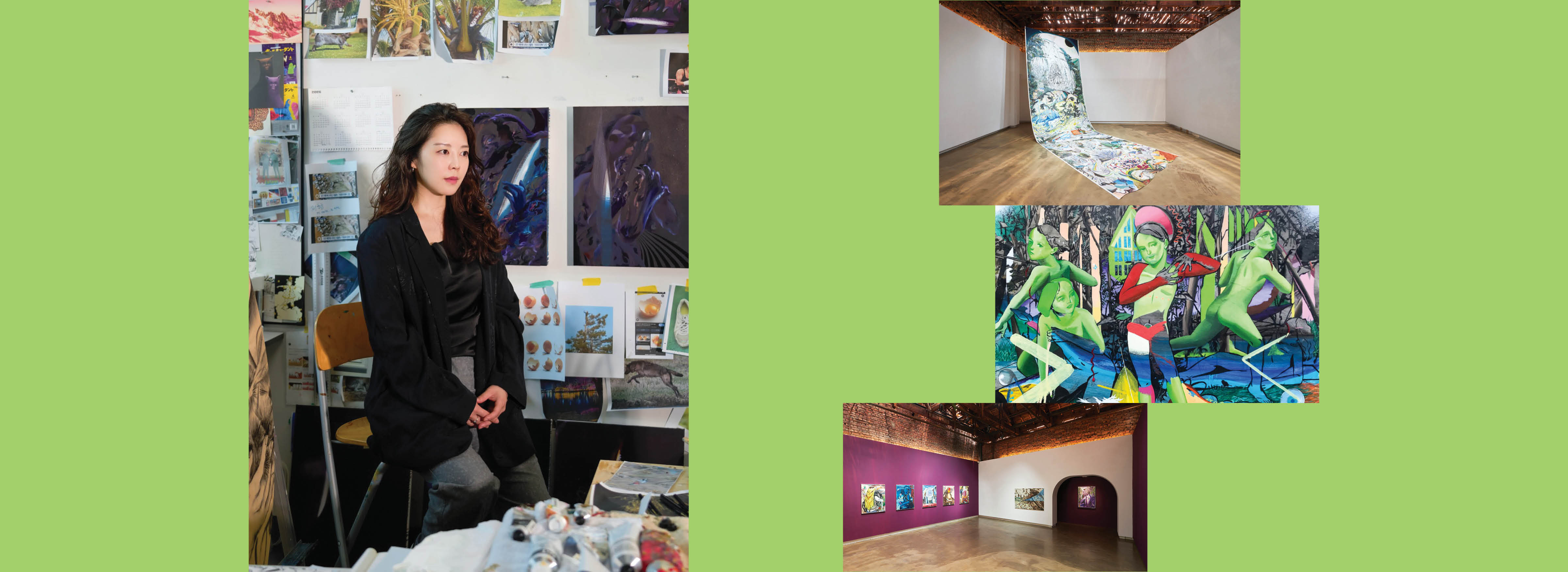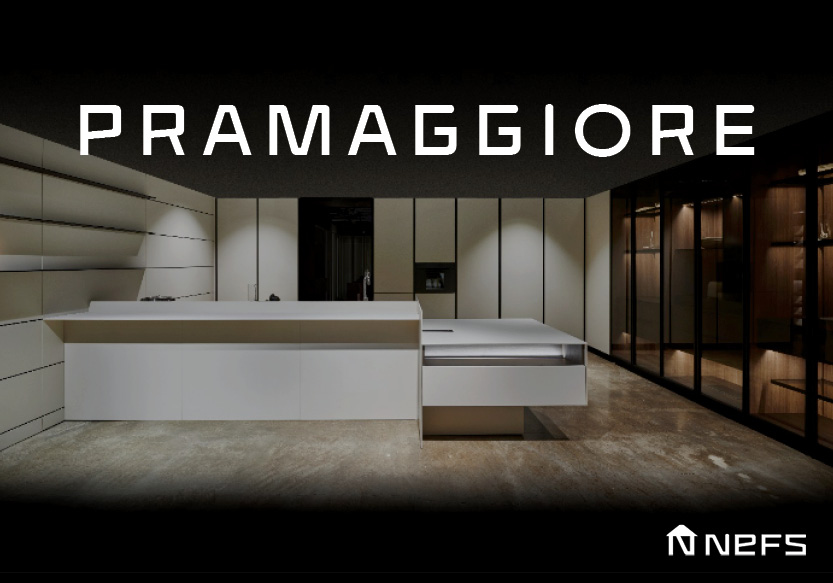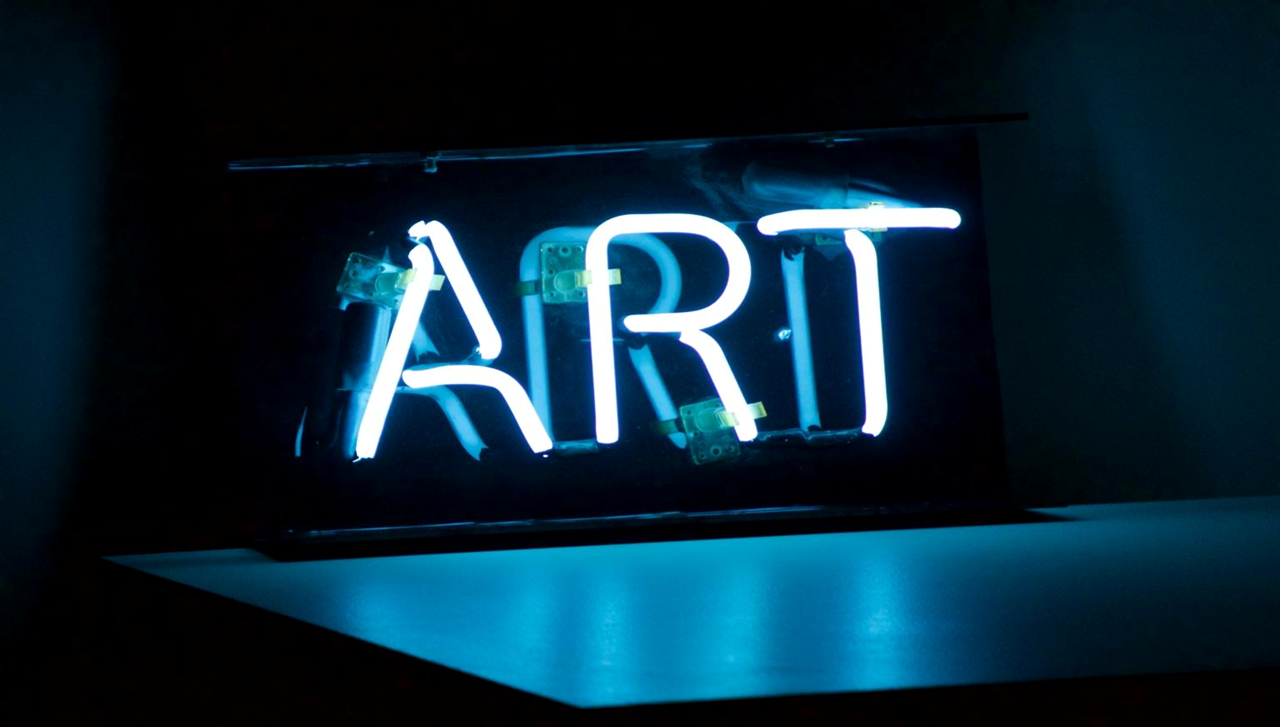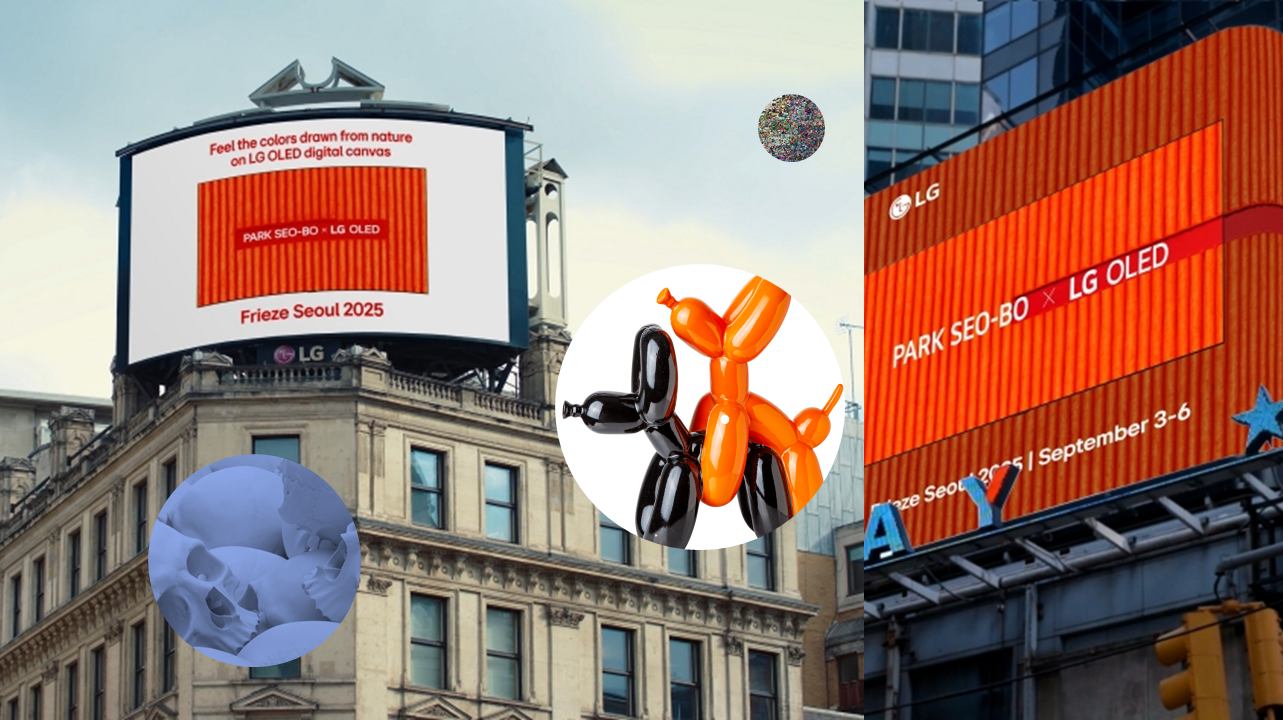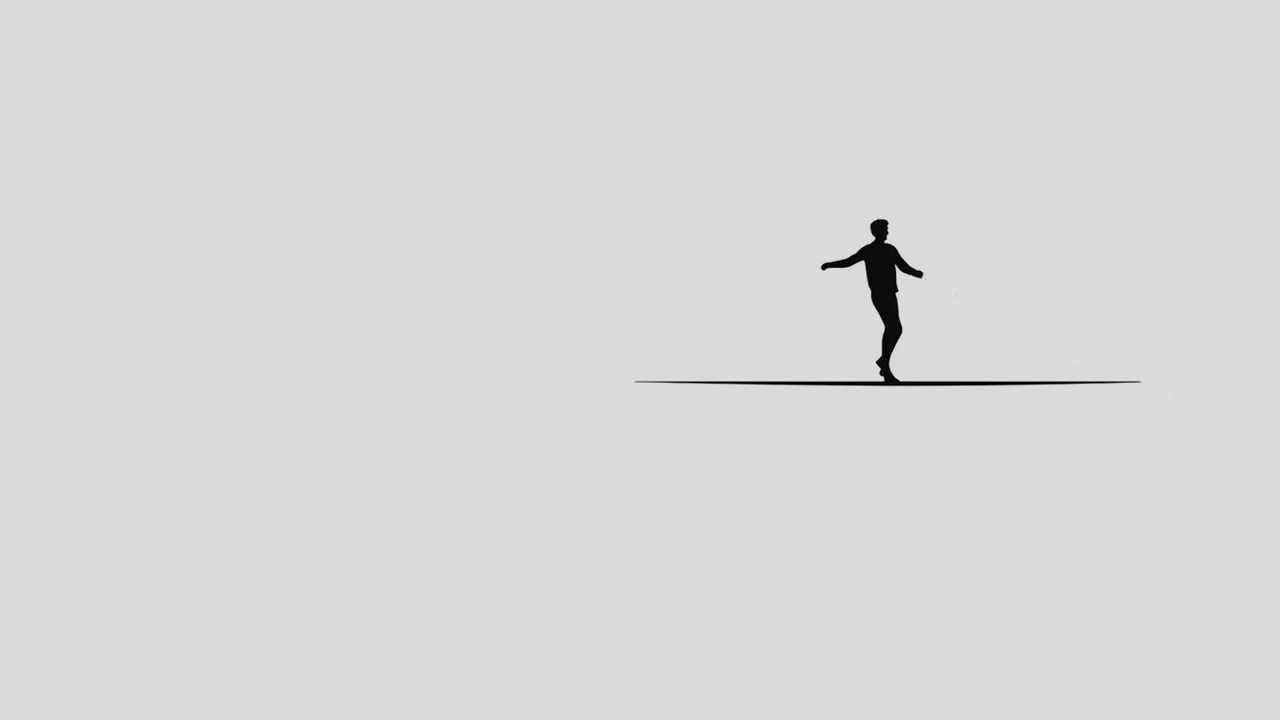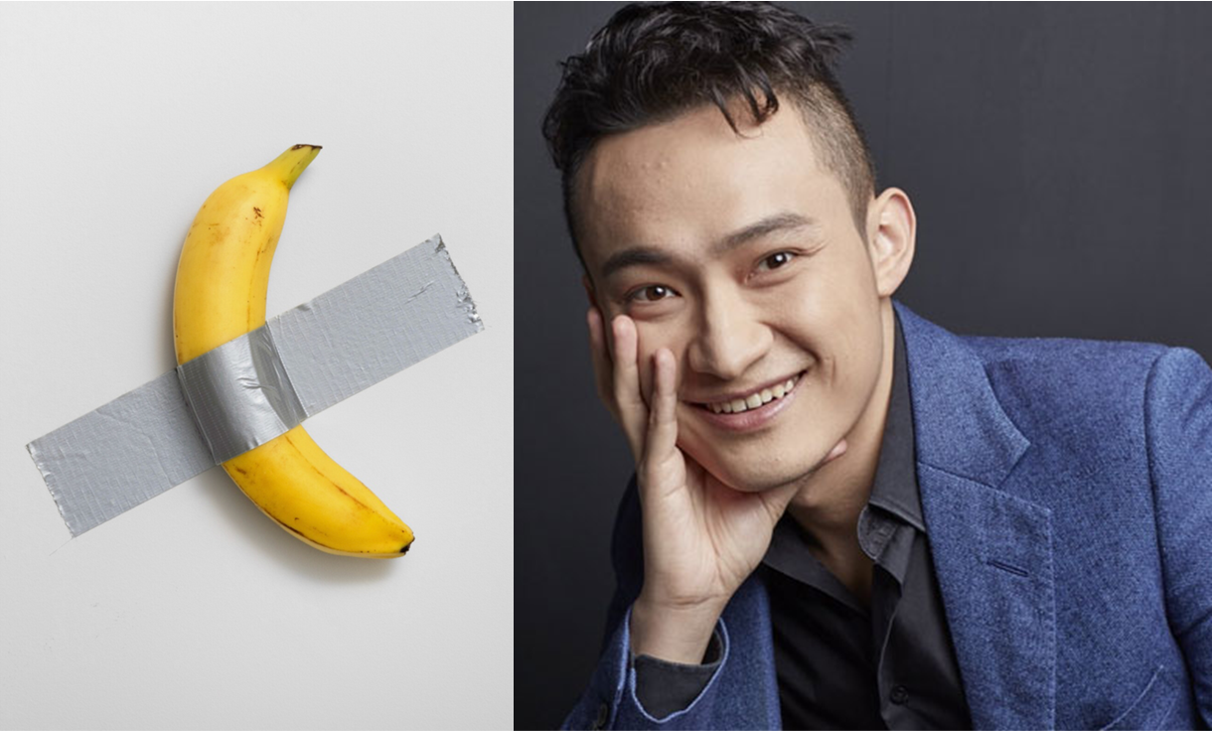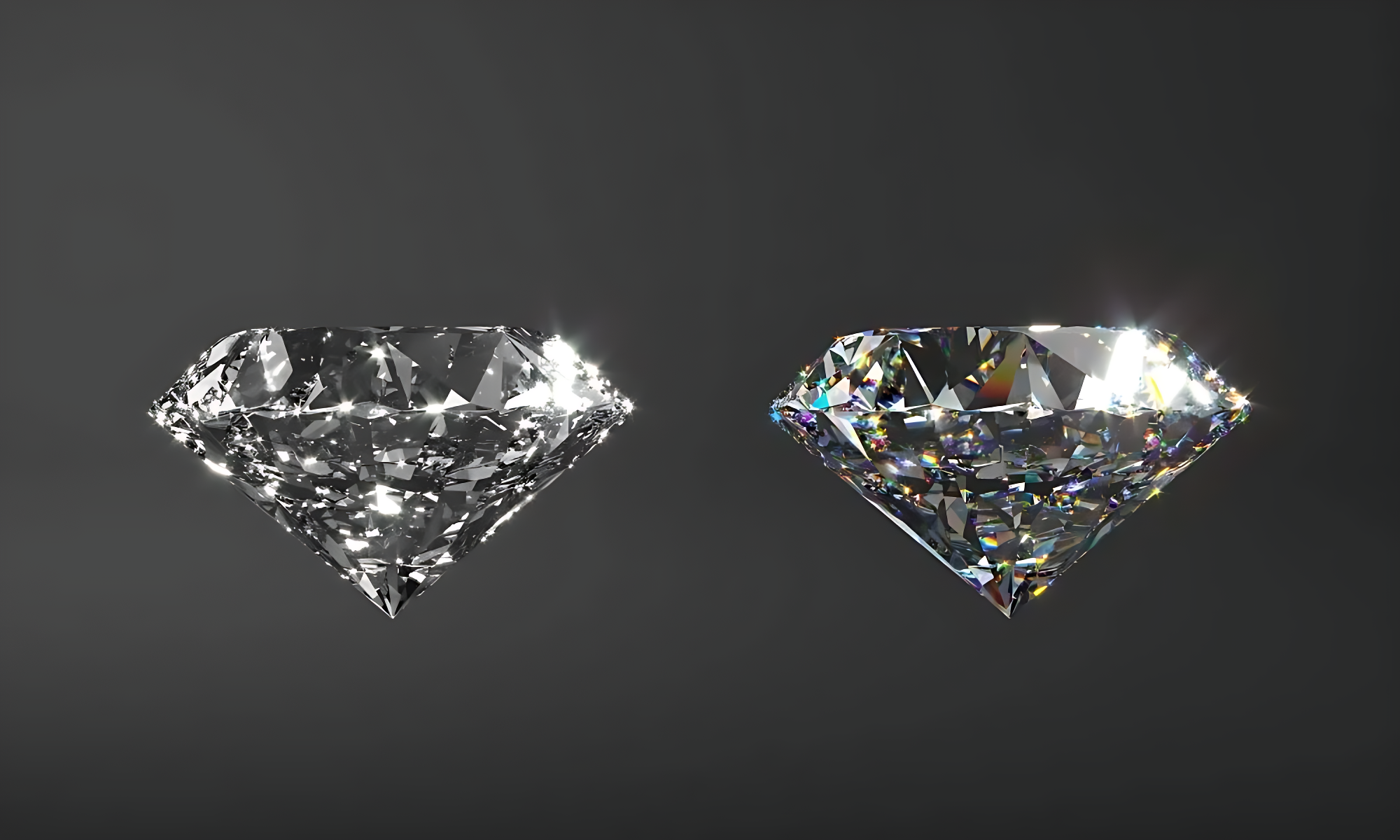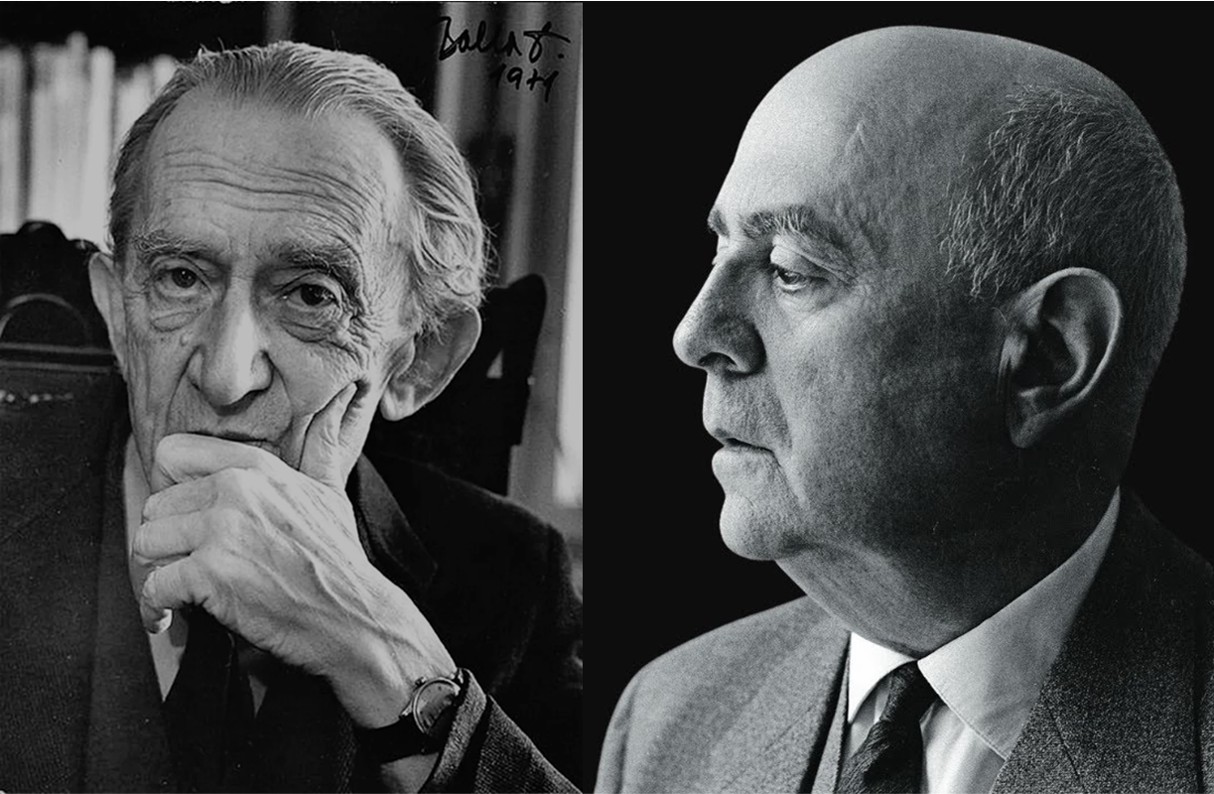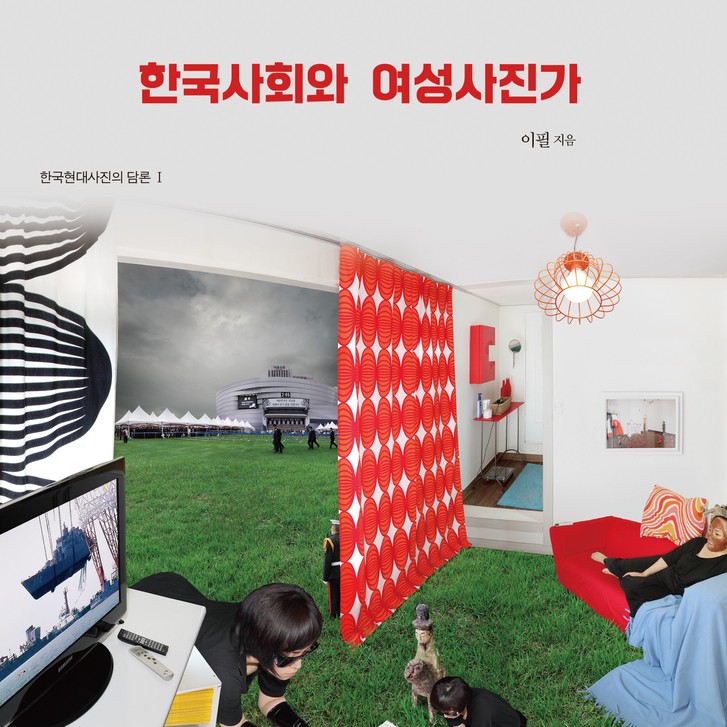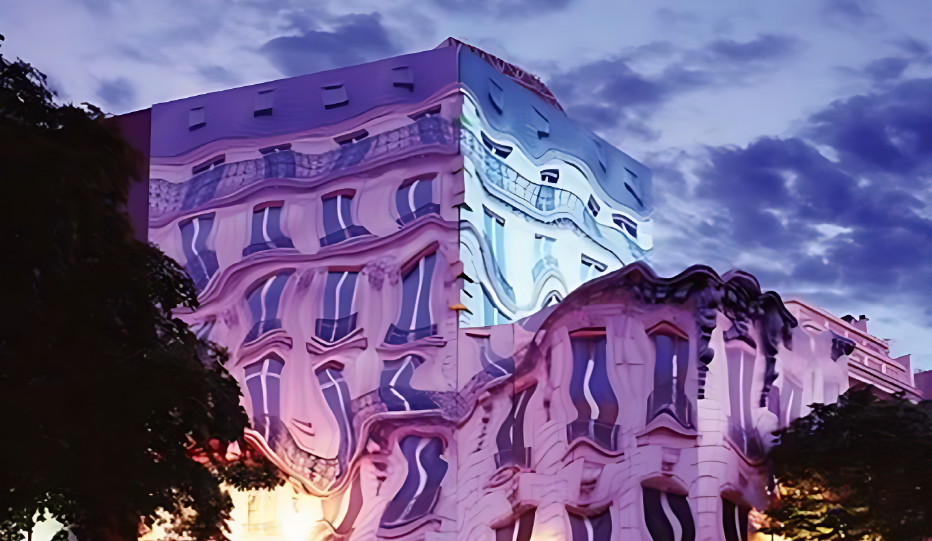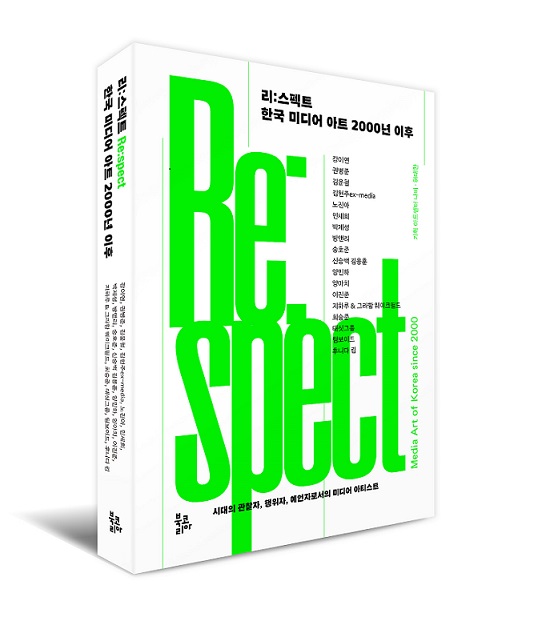Capital Takes Over the Language of Art
Today’s contemporary art scene has been
rewritten in the language of capital. Artworks have become units of transaction
rather than outcomes of thought, and the artist’s creative act is adjusted
somewhere between private desire and market demand.
The spiritual value of art—the inner form where
human perception meets reflection—is gradually losing its ground.
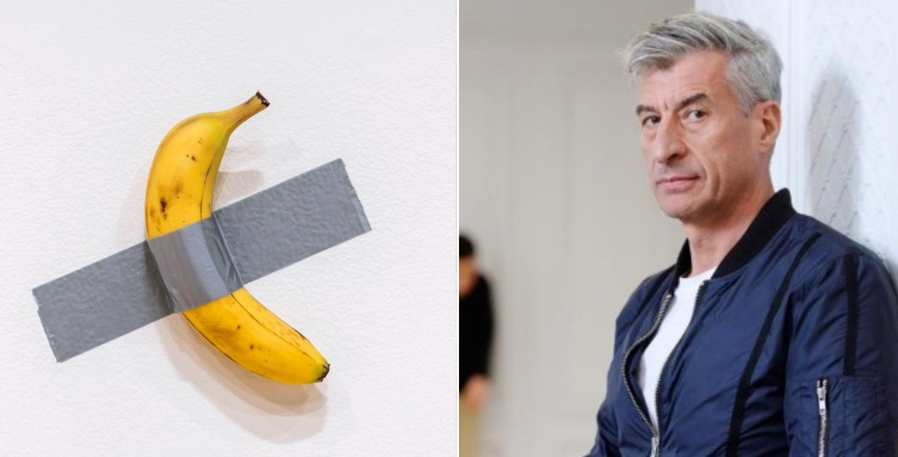
Left: The banana was purchased for $0.50 Right: Maurizio Cattelan
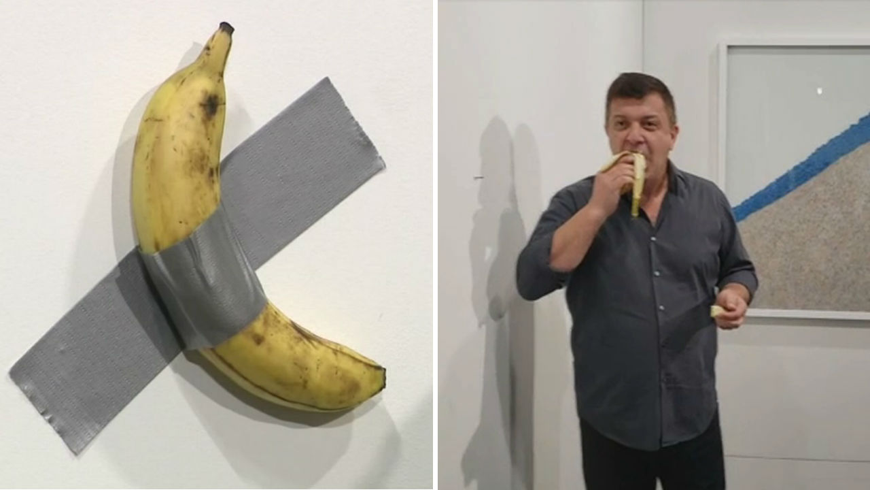
New York-based performance artist David Datuna ate a banana that was duct-taped to a wall as part of an art installation — that sold for $150,000 — at Miami's Art Basel as spectators watched.
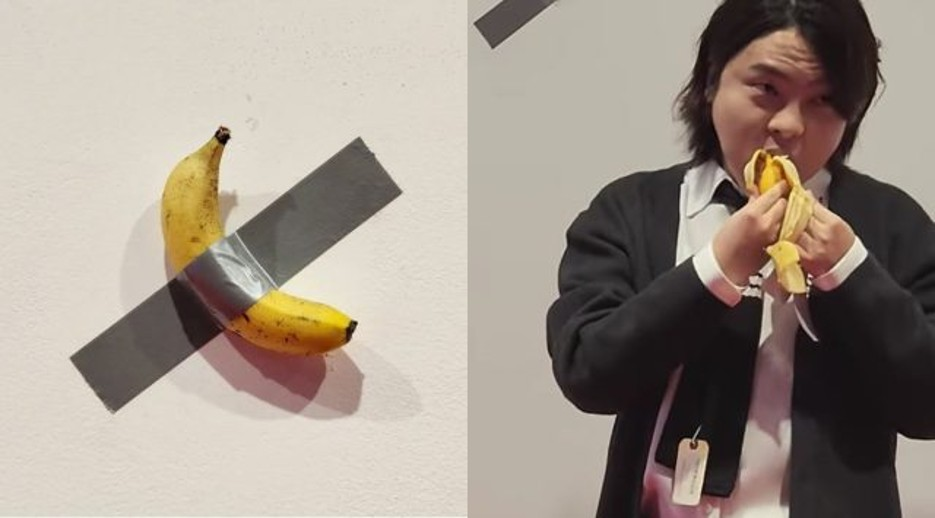
Maurizio Cattelan’s 2023 exhibition at Leeum, where a visitor is seen eating the banana / Photo: @shwan.han, Instagram
This phenomenon is not merely the result of
market expansion or cultural popularization. Capital absorbs the form of art to
beautify itself, while art seeks legitimacy within the very structure of
capital.
As a result, art loses its language of
reflection and begins to mirror the face of capital in order to survive.
The Mechanism of Sign-Capitalism
Sign-capitalism is a system where it is not the
use-value of commodities but their sign-value that drives accumulation. In this
logic, artworks are no longer defined by what they express but
by who sold them, for how much, and where.
Galleries, auctions, art fairs, and social media
all function as machinery that converts artworks from subjects of aesthetic
discourse into codified investment assets.
Within this structure, art is completely
absorbed into the symbolic order of capital. The artist’s practice shifts from
independent exploration to a “marketable style,” and the value of a work is
determined less by its internal coherence than by the shape of its demand
curve.
The Fracture Brought by the Age of the
Collector
We now live in the age of the collector. Yet
collectors today no longer act as patrons with discernment but as architects of
the market itself.

Crypto entrepreneur Justin Sun eats banana art Comedian he bought for $6.2 million in 2024
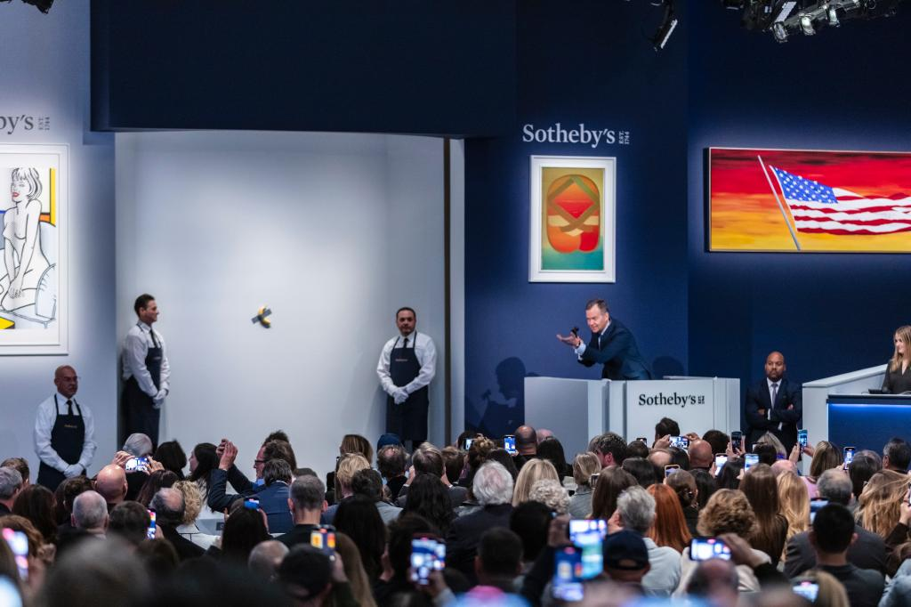
Auction scene of Comedian / Photo: Sotheby’s
Those with capital define artistic value; their
consumption patterns dictate the flow of art. Consequently, market price
precedes aesthetic judgment, and artistic standards are replaced by
marketability.
“What did it sell for?” becomes more important
than “What does it express?”
Artistic discourse is displaced by numbers,
rankings, and brand value. This inversion lowers the overall level of art and
turns the artist into a strategic producer who works under the gaze of capital
rather than through inner necessity.
The Paradox of Popularization
The democratization of art is, in itself, a
welcome development. It is encouraging that more people engage with and consume
art.

The crowded scene at KIAF SEOUL 2019. / Photo: KIAF
Yet problems arise when that consumption is
led not by critical sensitivity but by the logic of capital. Public interest
and artistic value are increasingly mediated by market price, and media outlets
often mistake auction records or celebrity ownership for indicators of artistic
quality.
As a result, the public dimension of art erodes,
and art becomes translated into the language of investment. Popularization has
widened art’s reach—but has also made its understanding shallow.
The Consequences of Unsophisticated
Collecting
Capital inevitably produces imbalances of
discernment. When wealthy collectors without critical understanding dominate
the market, artistic direction is distorted.
Artists tailor their work to what sells;
galleries prioritize commercial viability over experimentation.
Within such a structure, genuine artistic
inquiry loses ground, and art devolves into reproducible imagery. Capital can
sustain art, but when its standards are misguided, it corrodes the ecosystem
that nurtures it.
Reclaiming Autonomy through Structural Change
At the core of this crisis lies the transfer of “value-judging
authority” from art to capital. To reverse this, the evaluative framework must
return to within art itself.
First, public institutions and art
platforms should foreground discourse rather than price. What matters is not the sale but the context,
the ideas, and the aesthetic research embedded in the work.
Second, the asymmetry of information in the art
market must be addressed. Transparent data on transactions, artist histories, exhibition records, and
critical writings should be made accessible so that judgments rest on shared
knowledge rather than insider privilege.
Third, collector education is essential. Only when collectors see themselves not merely as owners but as interpreters
and supporters of art will the market’s qualitative level rise.
Beyond the Market: Recovering the Language of
Art
The value of art is not defined by
exchange. It lies in its capacity to embody human perception, thought, and the
sensibility of its time. Yet today’s market replaces that language with the
language of profit.
What must be resisted is not capital itself
but capital’s attempt to substitute for the essence of art.
For fine art to reclaim its own voice within the
era of sign-capitalism, it must revive the sensibility that asks “Why
does it exist?” rather than “How much is it worth?” Only then can art speak again—distinct and uncorrupted—amid the noise of
the market.
Jay Jongho Kim graduated from the Department of Art Theory at Hongik University and earned his master's degree in Art Planning from the same university. From 1996 to 2006, he worked as a curator at Gallery Seomi, planning director at CAIS Gallery, head of the curatorial research team at Art Center Nabi, director at Gallery Hyundai, and curator at Gana New York. From 2008 to 2017, he served as the executive director of Doosan Gallery Seoul & New York and Doosan Residency New York, introducing Korean contemporary artists to the local scene in New York. After returning to Korea in 2017, he worked as an art consultant, conducting art education, collection consulting, and various art projects. In 2021, he founded A Project Company and is currently running the platforms K-ARTNOW.COM and K-ARTIST.COM, which aim to promote Korean contemporary art on the global stage.





